We will help to make your home comfortable and energy-efficient. A must-read for anyone who is about start how to build an energy efficient home plans improvements ideas.
Energy Efficient Home with the Functional Flat Roof
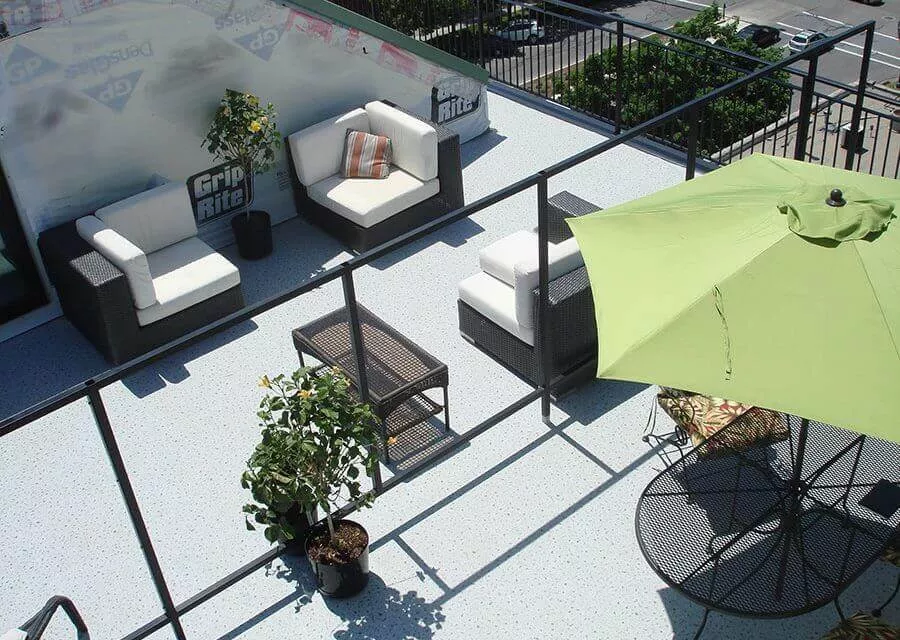
This economical and modern roof variant is not very often used in buildings. And for good reason.
A flat roof fits into any exterior and saves on roofing and finish materials, load-bearing materials, and space.
It can be transformed into a relaxing area with sun loungers and sofas, a table, a grill and a Jacuzzi. To make walking on the roof comfortable, the surface is covered with lawn, laid with tiles or covered with gravel.
Another use for a flat roof is a greenhouse for growing vegetables and greens. This is especially useful on small plots where there is no space at all for seedbeds.
A flat roof can also be unused but remains useful. Place solar panels on it to save on electricity in spring and summer, or additional windows – so the house will be brighter.
The battery operated snow blower is also no different in terms of functionality and will come in handy for your private home.
Energy Efficient Home Ventilation System with Recuperator
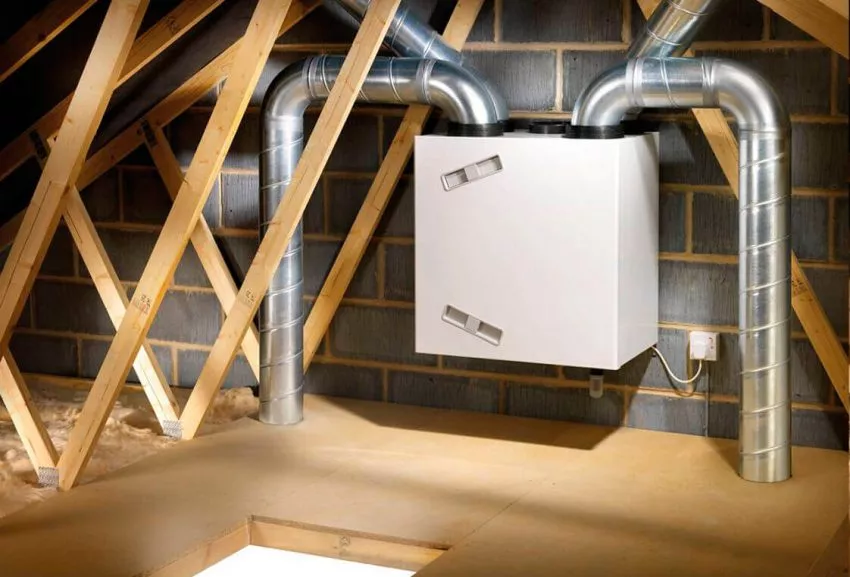
The ventilation system in the house is responsible for air circulation: it lets in the clean and fresh air and expels used air with carbon dioxide and dust.
It saves you from overheating the room, high humidity and the retention of unpleasant odours.
Ventilation with a recuperator, in addition to these functions, helps maintain a comfortable temperature and reduce heating costs.
This system has a heat exchanger where the air from the house and the street meet: the fresh air stream is heated by the outgoing stream and enters the room already warm.
The new air can take up to ⅔ temperature of the old air. They do not mix in the process – you don’t have to worry about the purity of the air. The recuperator also has a built-in filter that traps pollen, dust and other allergens.
There are several varieties of recuperators, but the most popular for private houses are plate recuperators and rotary recuperators.
In the former, the plates in the heat exchanger are static and set parallel to each other: they work by creating tunnels for the air and then the plates are constantly rotating.
In both cases, heat is generated by heating and cooling the walls.
Energy Efficient Home Basement with Utilities
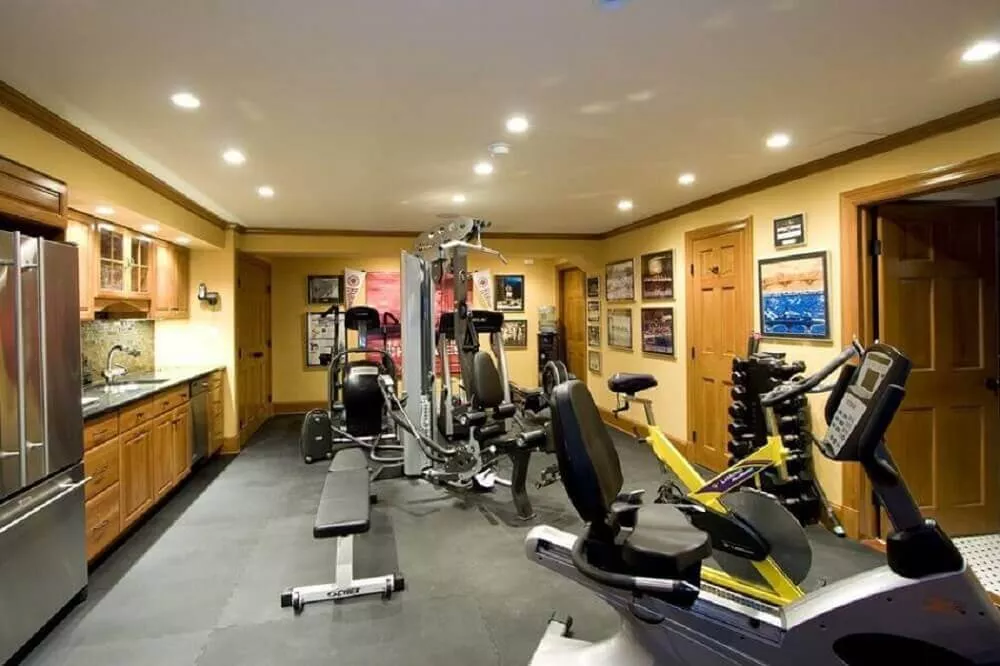
The additional floor on the lower level is a great opportunity to increase the area of the house without expanding the building.
You can put all the utilities in it – electric panel, heating boiler, meters. You can also make a laundry room without taking up space in the bathroom and a closet for appliances.
If the basement is large, it can be converted into a recreational area with a gym, sauna, billiard room or workshop and other basement finishing. But for the basement to be usable, safety precautions must be considered.
- Make waterproofing. The plinth is below ground level, so its stability can be affected by groundwater and heavy rainfall. A reliable protective coating will prevent cracks, mould and leaks.
- Calculate the strength of the foundation. In the basement the surrounding ground presses on the walls. The foundation of the house must be strong enough to withstand it.
- Insulate the walls and the floor. Without it the basement will become damp and dank – even to enter there will be unpleasant, and about comfortable rest, it is possible to forget at all.
- Ventilate your basement. This will help to avoid the build-up of gases and moisture.
Don’t Miss: Basement Storage Ideas
Underfloor Heating or Covering with Insulation
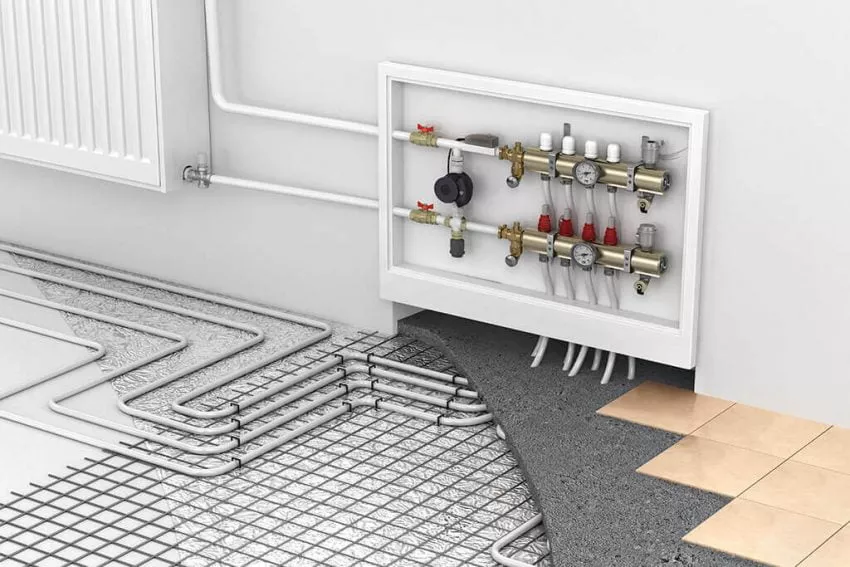
The floor is the coldest place in the room. It’s simple: warm air is lighter and closer to the ceiling.
In summer, it’s a nice bonus: You can lie down on the floor when you want to be cool
In winter and autumn, on the other hand, it is a problem: You can’t walk around the house without socks or slippers.
Underfloor heating is an added plus for comfort. There are numerous systems for heating, and they are globally divided into two types.
Water heating. A network of small-diameter pipes is placed under the floor covering, through which the heated liquid circulates.
Underfloor heating can even be installed under furniture, it is economical enough and does not require additional electricity costs.
Electric. The surface is heated by heat radiation. With a few exceptions, this type of heating system cannot be installed under furniture and requires a connection to an electrical thermostat.
Smart Systems for Optimising Resources
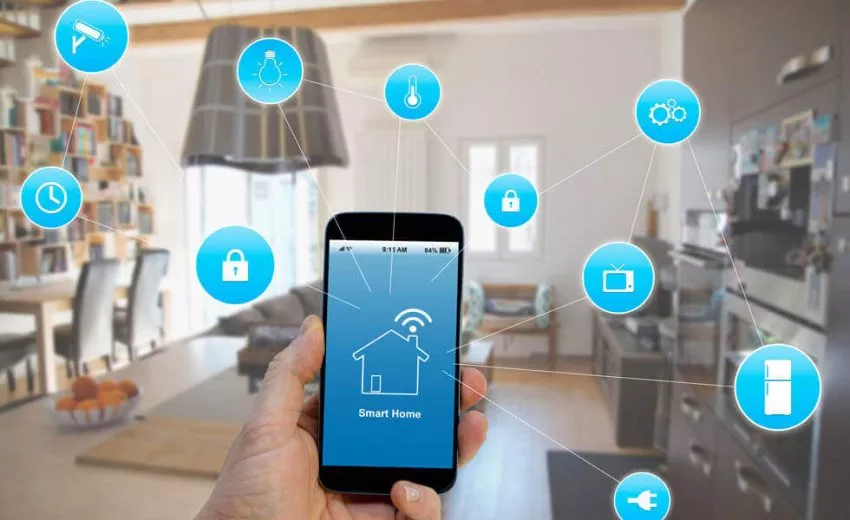
Smart systems can be connected to all the engineering circuits in the home and control lighting, heating, ventilation, CCTV, alarms and more.
Resources can usually be controlled through an app and by voice. Light, motion, sound and temperature sensors are responsible for quality performance.
For example, if you go outside and forget to turn off the lights, they will notice and do it for you.
As well as saving on utility bills, the smart system makes your home safer. You’ll be able to check appliances and the condition of your home from your office or travel. And if there’s a problem, like uninvited guests or a short circuit, you’ll be notified immediately on your phone.